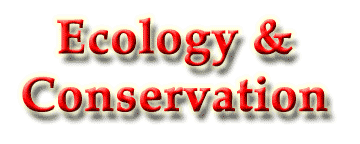
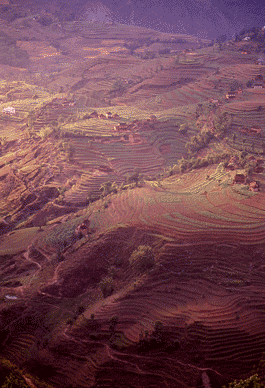

The ecology and environment of the upper Junbesi valley are delicate, and must be conserved if all of the residents of this small region are to have a sustainable future. Yet it is being impacted by the in-migration of a large population of religious migrants. Their number will continue to increase.
There are now serious concerns about access to resources such as fuelwood, wood for construction, safe water, and food. There are equally serious issues about sewage, and the financial and public health burdens of using kerosene for indoor lighting.
In the near future it can be expected that the new monastery will be extremely busy, due to the growth of its population, and the many visitors coming for audience with Rinpoche. During his remaining years, the demands on his time for the purpose of teaching and passing on his legacy will be huge.
Before 1999, all sewage was dumped into the small river running near the site. The neighboring hamlets were not pleased. Sir Edmund Hillary's Himalayan Trust funded the construction of proper toilets, and now sewage feeds into a concrete septic tank. Unfortunately, that septic tank is presently overflowing.
The monks and nuns are themselves aware of the need to think sustainably, and planted 4000 trees last year. It can be confidently assumed that with the introduction of new knowledge, methods, and facilities, the residents will be motivated to manage their environmental footprint to an increasing degree.
This important institution needs a Comprehensive Resource Management Plan that will lessen the burden of the monastery on the local environment, and insure its survival in perpetuity. There are many specific ways in which renewable energy and creative programming are being used to alter energy use patterns, institute conservation, and provide improved living standards.
This also presents an opportunity to showcase renewable energy and conservation to visitors from all over the world, and thereby disseminate this knowledge to a wider community. All components of the Plan are easily replicable in other refugee communities worldwide.
To view a film showing the new construction, and the culture of the monastery, click on the Buddha below to open the movie.
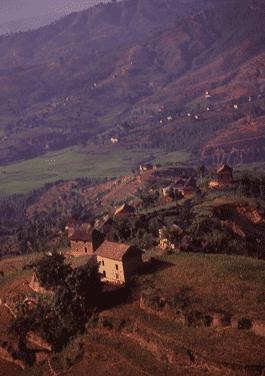
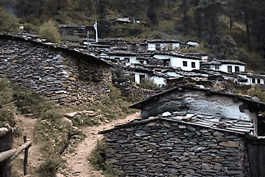
Architecture based on
wood and stone.
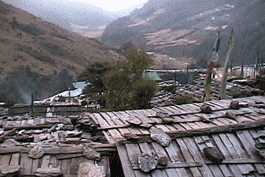
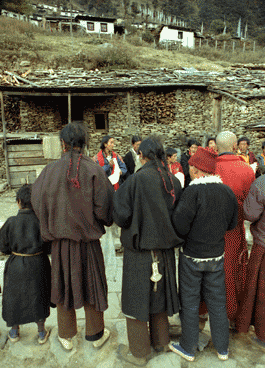
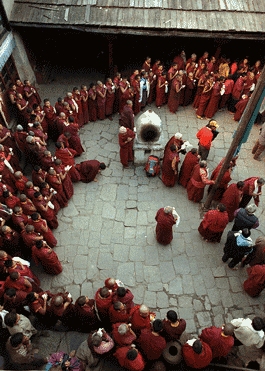
Tibetan Refugees

You may want to click here to begin loading the movie, while you continue browsing the pages. The film will begin either when it has loaded, or when you press play. The controls are at the bottom of the movie's screen. Be sure your sound is on.
If you need the free QuickTime Player to view the movie, click the button to be taken to their download page.